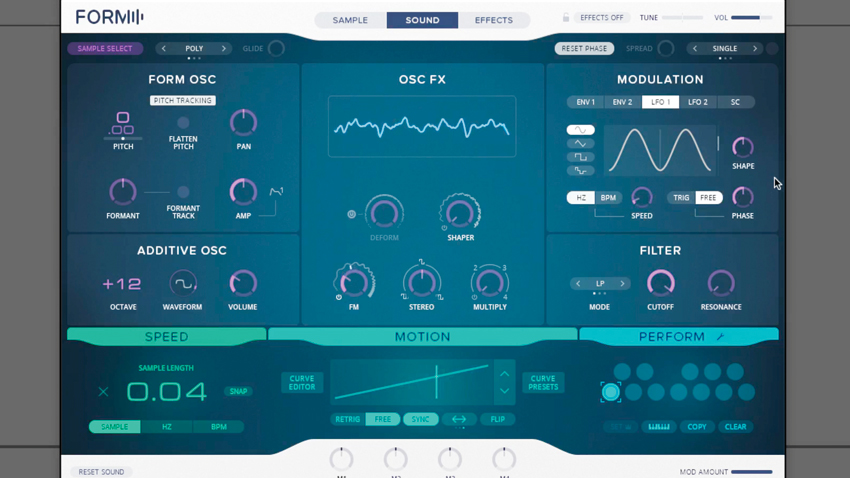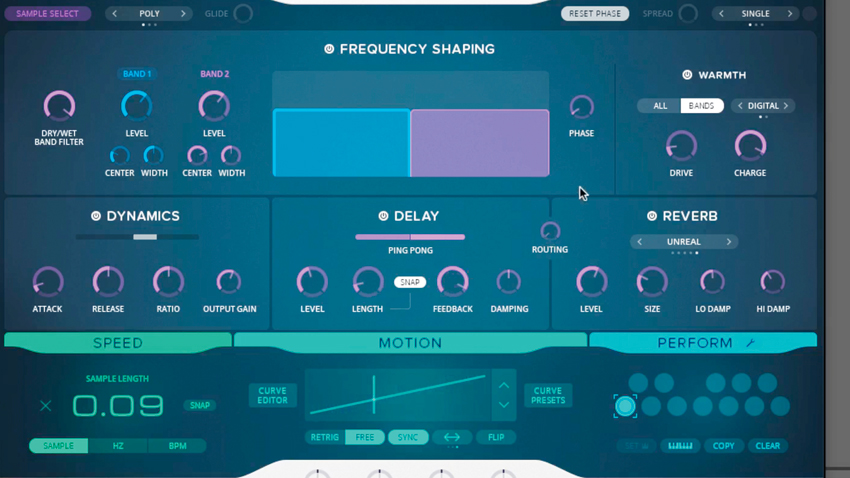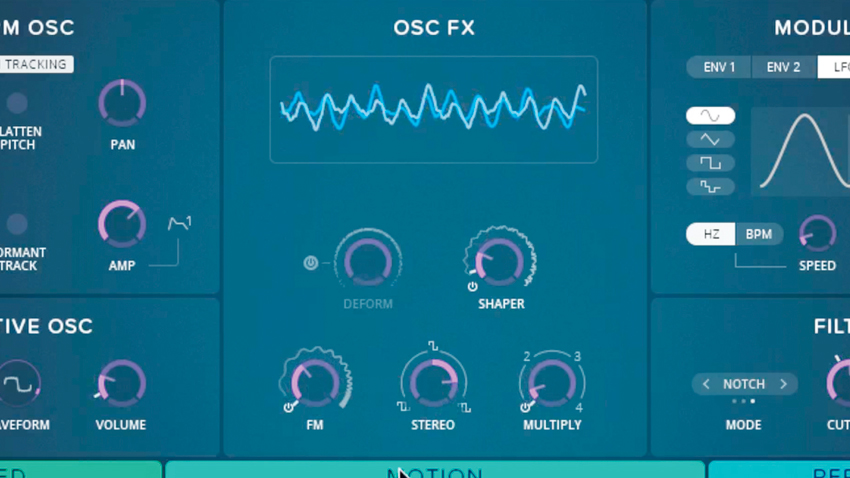How to create a dissonant FM drone with NI Form’s vocal resynthesis
Morph the most basic of sound sources into a dystopian soundscape
Without doubt one of Native Instruments' finest synths yet, Form is a Reaktor and Reaktor Player instrument that uses a region within an imported sample as an oscillator, with the movement path of the playhead through it defined by the user. Filters, modulation (lots of modulation…) and effects are applied to the resulting signal, for an endless array of textures and soundscapes, making Form an experimentalist's dream synth.
In this tutorial, we'll show you how to use Form to turn a short vocal sample into a dark, frequency-modulated drone.
For more power synth tutorials, pick up the May edition of Future Music.

Step 1: Futuristic resynthesis techniques are great for transforming simple recordings into mind-blowing synth sounds. Here, we start by dragging in a chunk of a vocal sample onto NI Form’s main window - the synth then analyses and resynthesises it into an oscillator for playback.

Step 2: In Form’s Sample tab, we set up a back-and-forth loop around a suitable portion of the vocal oscillator. Then, by reducing the Sample Length Speed to around 0.04 samples, we slow the playback right down to create a stretched tonal vocal effect.

Step 3: Over in the Sound page, we blend in Form’s Additive Oscillator for a solid square wave layer, adding thickness. We then modulate the Osc FX>FM dial with a slow-moving sine LFO to slowly introduce dissonant harmonic overtones over time.

Step 4: Over in the Form Osc section, we get the Formant knob moving with a second, triangle-shaped LFO, which adds formant-wobbling to the main oscillator for timbral interest. We then assign the first sine LFO to the Osc FX>Shaper parameter for more expression and grit.
Want all the hottest music and gear news, reviews, deals, features and more, direct to your inbox? Sign up here.

Step 5: Form’s built-in FX will spice up the overall timbre further. We dial in the two Frequency Shaping bands to taste and push up the Drive for more grunt. The Dynamics, Unreal Reverb and Ping-Pong Delay effects then place the drone in a dense, cavernous resonant space.

Step 6: To wrap up, we head back throughout the various pages and fine-tune the patch for visceral impact and temporal movement. The FM, FM Stereo, FM Multiply and Additive Oscillator Volume parameters all have their modulation amounts tweaked and refined to inject more FM-like sweeping dissonance.
Future Music is the number one magazine for today's producers. Packed with technique and technology we'll help you make great new music. All-access artist interviews, in-depth gear reviews, essential production tutorials and much more. Every marvellous monthly edition features reliable reviews of the latest and greatest hardware and software technology and techniques, unparalleled advice, in-depth interviews, sensational free samples and so much more to improve the experience and outcome of your music-making.
